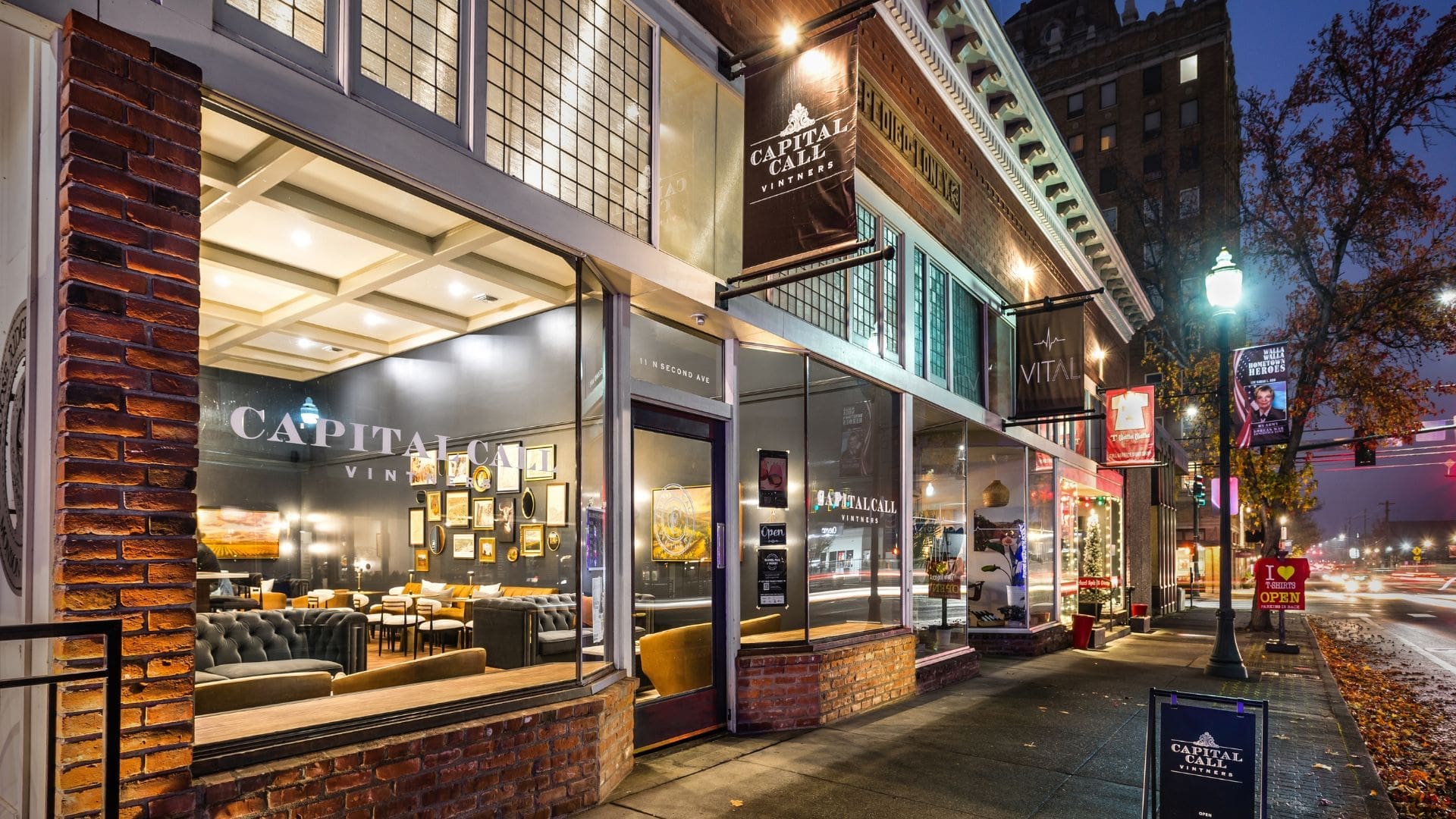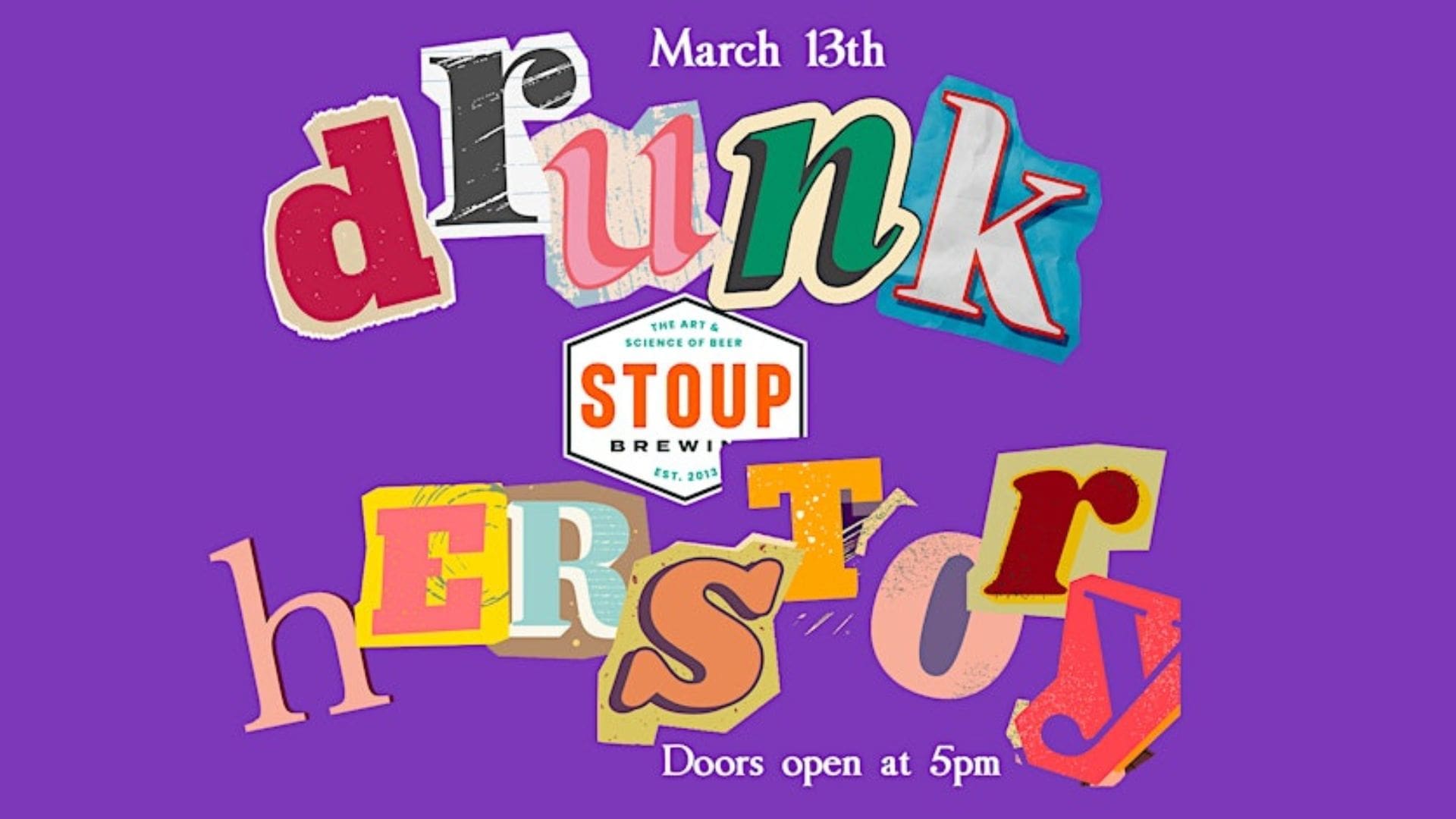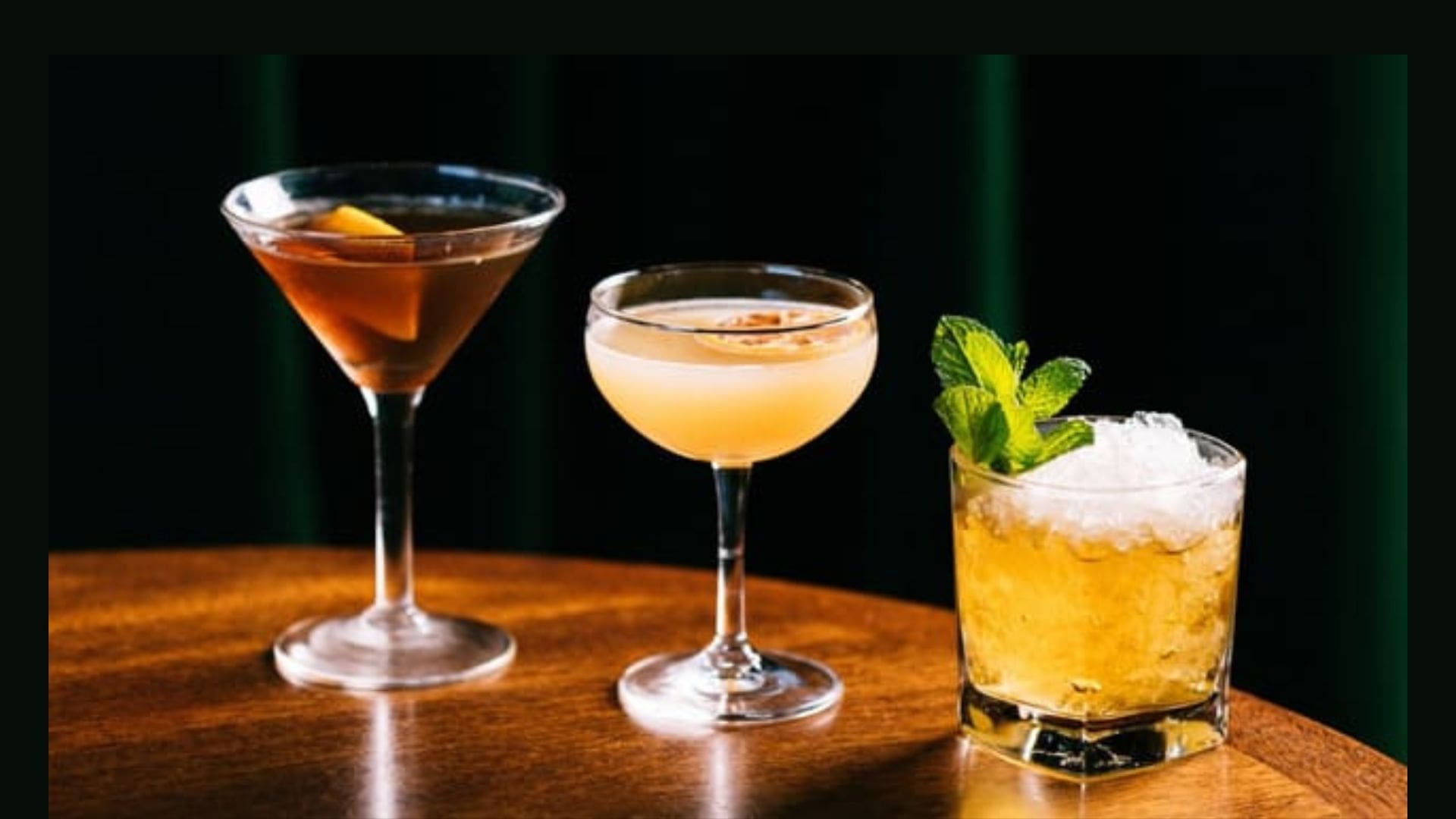Congrats, the wine you’re drinking is a gold medal winner! But what does that mean?
You’ve seen the accolades noted on everything from the bottle itself at a grocery store to a wines listed on a menu and displaying medals in a tasting room, but what goes into designating a wine as “award-winning?” Furthermore, how does an organization or competition determine such winners, who makes these decisions and why should you care?
To help answer these questions, we went behind the scenes of the annual McMinnville Wine & Food Classic – Sip! to see how this 26-year-old Oregon wine competition, benefiting the St. James School, operates. From the language used to the wines evaluated and the judges’ insight, we breakdown the details to this tenured Northwest wine competition, affectionally known as the Mac Classic.
THE LANGUAGE
A lot of terms are thrown around regarding wine competitions the average consumer might not be privy to. To prime your palate, here are some concepts to add to your wine judging vocabulary.
Wine competition: An organized event in which qualified judges rate different wines, submitted by individual wineries, typically on each wine’s own merit or based on prescribed criteria.
Panel: A grouping of judges that evaluates a flight of wines, based on an established scoring system.
Flights: A grouping of wines, typically organized in likeminded styles or varietals.
Scoring system: Usually numerical, scoring systems are how the judges evaluate and rate different wines to ultimately determine the highest-scoring, thus highest-ranking and medaling, wines.
Blind tasting: The most common judging route for wine competitions, this method of judging informs the judge of the varietal (plus sometimes vintage and designated appellation) but not the producer to avoid bias.
Need to grasp the basic terminology of tasting wine in general? Here is a great infographic to get you started.
THE WINES
Breaking records for the competition, 59 Oregon wineries submitted to the 2019 Mac Classic, totaling in 208 wines. With a handful of sparkling, rosé and dessert submissions sprinkled onto of the majority, there were 51 white wines — 18 of which were Chardonnay — and 139 reds, 69 of those being Pinot Noir. This is the Willamette Valley, after all.
The requirements for submitting wineries were simple: must be made of Oregon grapes and made in Oregon. This year, wineries and wines represented the state well, from the Applegate Valley to Dundee Hills.

THE JUDGING
“It’s all about process,” says Rolland Toevs, competition organizer and project manager. “We look at the judging panels, the submissions and participants, the marketing component. We take all 208 wines, put them in the correct order to be tasted and structure the tasting for the judges to best evaluate.”
Spread across three tables of panels, hand-selected judges for the 2019 Mac Classic assessed the preliminary flights and scored without discussion. Each wine was bagged to conceal its identity and poured tableside so the judges were ensured a blind assessment.
Judges were instructed to evaluate each individual wine on its own merits, not to judge comparatively against other wines placed in the same flight. Using an approachable scoring system of 1-12 (1 as below expectations, 12 as exceptional), judges total scores would move wines into the final medals round.
This final round brought in all potential gold medalists to be raised to a double gold, kept as is or demoted to silver, in addition to reassessing double gold-scoring wines. From there, Best of Show and the Best of Category wines (Best White, Red, Chardonnay and Pinot Noir) were awarded in an open discussion among all panels, where majority ruled.

JUDGES TELL ALL
Tenured Oregon wine palates joined a number of international and regional palates to judge the Mac Classic, a recent change to the competition that typically featured winemakers and others within the immediate food and wine community.
Portland-based winery publicist and consultant Carl Giavanti lent his connections to the competition and brought in judges and wine writers with reputations the Mac Classic could be proud of. “The competition is a charity fundraiser for children’s education, so every dollar matters,” Giavanti says on how he selected the panels. “We chose West Coast judges with a track record and judging experience. We focused on known and influential wine buyers and writers with media affiliations.”
One such palate that joined the panel for the first time was Ken Robertson, founding editor of Eastern Washington-based Wine Press NW magazine and current contributor to the publication. “When people ask me what my formal training is [in judging wine], I say I started doing evaluations of wine back in 1978,” he laughs.
So what does the veteran wine writer, reviewer and judge look for when he evaluates a wine? “First of all, I ask if this matches my expectations for the varietal, or if it’s a blend, can I tell it’s a specific type of blend, like Bordeaux-style or Rhône,” he adds. “Obviously you look for serious flaws, but I look for what I personally think of this wine, what the consumer will think of this wine, if I would recommend it. Does it meet my expectations, and then, does it go beyond?”
For Seattle-based writer and judge L.M. Archer, she says she looks for wines with “solid balance, structure, quality and character, from start to finish.” Though that sounds simple enough, after tasting so many wines in one day, the struggle of palate fatigue is real. To avoid her taste buds losing their sensations, she channels her inner monk.
“As an active proponent of meditation, I employ what the Buddhists call ‘beginner’s mind’ for each flight,” she advises. “Literally ‘resetting’ my mind and palate as though it’s the first tasting of the day. I also cleanse the palate between flights with water, crackers or bread.”
However, sometimes water or bread products can’t quite save the day for an exhausted palate. For Bay Area wine writer and judge Fred Swan, he says he reaches for unsweetened iced tea. “Tea has a cleansing effect on the palate,” he says. “Then I’m back to determine each wine as if I were fresh – is it sound, varietally correct and how good for that particular variety? I look for the intensity, concentration, acidity and structure.”

THE VERDICT
After the finals, 38 wines received gold medals and a short list of 10 wines were awarded double gold medals.
“You don’t know how harsh the judges are going to be,” Toevs says of the judging of the medals round. “There are some better quality wines than others, with a group of very experienced judges.”
That group narrowed it down to four wines with the ultimate bragging rights for the competition. Chris James Cellars 2017 Cuvée Blanc, Willamette Valley, was awarded Best White Wine; Cardwell Hill Cellars 2017 The Bard Chard, Willamette Valley, for Best Chardonnay and Apolloni Vineyards 2015 Muscat Lacrima D’Oro for Best Dessert. Ruling them all as Best Red, Best Pinot Noir and Best of Show, Cardwell Hill Cellars 2014 Estate Bottled Pinot Noir Dijon Blocks, Willamette Valley, took home the biggest win.
All of the wines submitted will be on display for consumers to taste, enjoy and purchase at the grand tasting of the McMinnville Food & Wine Classic at the Evergreen Aviation & Space Museum in McMinnville, Oregon, March 8-10. 75 Oregon wineries will gather to pour their wines – including the highest honors of the Mac Classic competition – in addition to chefs, bakers, breweries, distilleries and a lively bill of local bands.
“Consumers appreciate purchase guidance and having wines judged is one guide for them to use,” Giavanti says of Oregon’s 800+ wineries. “The quality overall is very high today across the board. Consumers can experience wines from all over Oregon in one place, in one long weekend.”
At the end of the day, the competition and its resulting weekend-long awards party is to benefit the St. James School, a private Catholic school in the heart of downtown McMinnville.
Tickets to this nonprofit event range from $16-44 and can be purchased here.
All photos by Robinson Photography.












